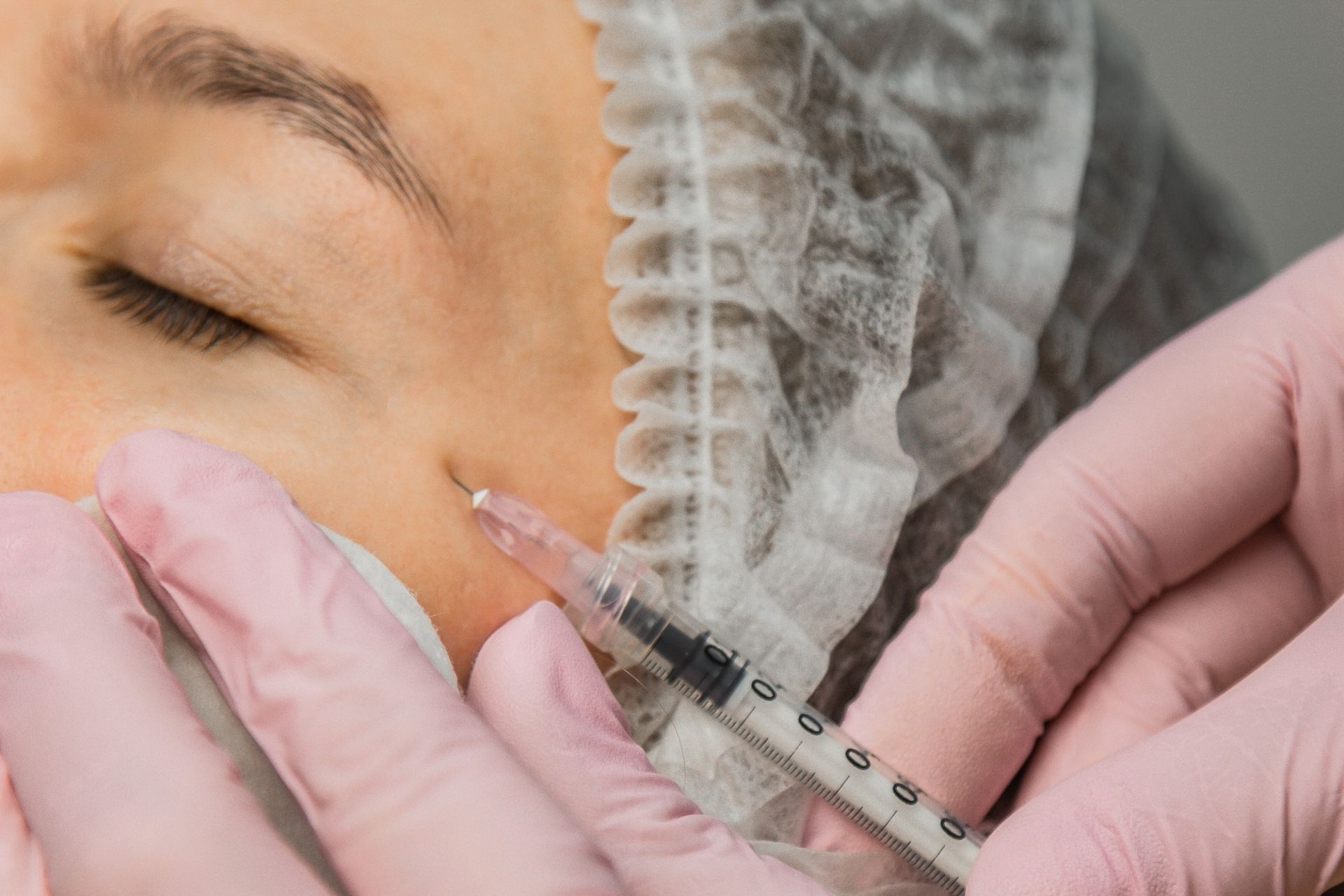Understanding Pelvic Floor Disorders: Causes, Treatments, and Prevention
The pelvic floor plays a crucial role in our overall well-being. It is responsible for various essential functions, such as supporting abdominal organs and maintaining urinary and bowel control. Despite its importance, discussions surrounding pelvic floor health often take a backseat. However, maintaining good pelvic floor health is key to preventing disorders that could severely impact one's quality of life. In this blog post, we delve into the world of pelvic floor disorders.
Introduction to Pelvic Floor Disorders (PFDs)
Pelvic Floor Disorders (PFDs) are a diverse range of conditions that can affect both men and women, although they are significantly more prevalent in women. In the realm of women's wellness, the understanding and management of PFDs is of paramount importance.
The symptoms can range from mild discomfort to debilitating pain, and can often lead to emotional distress and social embarrassment. Understanding the disorders is the first step towards effective management and treatment, playing a vital role in promoting women's wellness and overall health.
Types of PFDs
- Urinary Incontinence: This is a condition where an individual is unable to control urination, leading to involuntary leakage of urine. It is often a symptom of an underlying medical condition such as diabetes or neurological disorders.
- Fecal Incontinence: Similar to urinary incontinence, this disorder involves the inability to control bowel movements, causing an involuntary passage of stool. This condition can be caused by damage to the nerves controlling the sphincter muscles or weakening of these muscles.
- Pelvic Organ Prolapse: This condition occurs when the muscles and tissues supporting the pelvic organs (like the bladder, uterus or rectum) become weak or loose. This can cause one or more of the pelvic organs to drop (prolapse) from their normal position and bulge into the vagina.
- Overactive Bladder: This is characterized by a frequent and urgent need to urinate, often coupled with nocturia (waking up from sleep to urinate). This disorder can result from nerve damage, excessive caffeine or alcohol intake, and certain medications.
- Voiding Dysfunction: This refers to an inability to fully empty the bladder, resulting in frequent urination, urinary hesitancy and straining, and a slow or intermittent urine stream. This can be due to factors like neurological conditions, bladder obstruction, or certain medications.
Causes of PFDs
The causes of Pelvic Floor Disorders (PFDs) are multifaceted and can differ substantially between individuals. Some common factors include:
- Age: As we grow older, our body undergoes multiple changes, including the weakening of muscles. The pelvic floor muscles are not an exception. This muscle weakening can lead to various PFDs, particularly pelvic organ prolapse.
- Childbirth: Vaginal childbirth is one of the most significant risk factors for PFDs. The process can cause direct injury to the nerves, muscles, and connective tissue in the pelvic floor.
- Obesity: Excessive weight puts extra pressure on the pelvic floor muscles, increasing the risk of disorders like urinary incontinence and pelvic organ prolapse.
- Chronic Constipation or Straining: Regular straining during bowel movements can put undue stress on pelvic floor muscles, leading to disorders such as fecal incontinence.
- Previous Pelvic Surgery: Any surgical procedure involving the pelvic region can potentially damage nerves or muscles, increasing the risk of PFDs.
Genetics: Some studies suggest a genetic predisposition to weak pelvic floor muscles, contributing to the onset of PFDs.
How to Prevent PFDs
Preventing PFDs is an integral part of urogynecology, a sub-specialty that focuses on pelvic floor disorders in women. Here are some preventive measures:
- Regular pelvic floor exercises: Also known as Kegel exercises, these can help strengthen pelvic floor muscles, thereby reducing the chances of developing PFDs. Urogynecologists often recommend these exercises to their patients.
- Maintain a healthy weight: Obesity puts extra strain on the pelvic floor muscles. Urogynecology advises maintaining an optimal weight to reduce the risk of PFDs.
- Avoid heavy lifting: Regularly lifting heavy objects can weaken the pelvic floor muscles over time. It's recommended to seek assistance or use supportive devices when lifting heavy items.
- Treat constipation: Chronic constipation can increase the pressure on the pelvic floor. A balanced diet rich in fiber can help address this issue.
- Regular check-ups: Regular visits to a urogynecologist can help in early detection and treatment of PFDs.
Postpartum care: After childbirth, special attention should be given to pelvic floor health. A urogynecologist can guide new mothers on the best practices for postpartum recovery.
Treatment Options for PFDs
- Conservative Treatments: These are first-line treatments and include lifestyle changes, pelvic floor muscle exercises, bladder training, and medication. They are typically suggested for mild to moderate cases of PFDs.
- Pelvic Floor Physical Therapy: This therapy comprises targeted exercises under the supervision of a trained physical therapist. It is especially beneficial for patients with incontinence or pelvic pain.
- Pessary Devices: A pessary is a non-surgical option that involves placing a silicone device into the vagina to support the pelvic organs. It is often used for managing pelvic organ prolapse.
- Medication: Certain medications can help manage symptoms of PFDs, such as overactive bladder or urinary incontinence. Always consult a healthcare professional before starting any medication.
- Surgery: When conservative treatments fail or in severe cases, surgery might be required. Various surgical options are available, including minimally invasive procedures. The choice of surgery depends on the type of PFD, its severity, and the patient's overall health.
- Neuromodulation: This involves the use of electrical stimulation to modulate nerve activity. It can be an effective treatment for urinary and fecal incontinence when other treatments are not successful.
Impact of PFDs on Daily Life
- Physical Impact: Pelvic Floor Disorders can lead to physical discomfort and pain. Issues such as incontinence and organ prolapse can make it difficult to engage in physical activities, like exercise or even walking.
- Emotional Impact: PFDs often come with a significant emotional toll. Living with a PFD can lead to feelings of embarrassment, anxiety, and depression.
- Social Impact: People with PFDs may avoid social activities due to fear of incontinence or discomfort, leading to social isolation.
- Sexual Impact: Many PFDs can affect sexual function, potentially leading to discomfort during intercourse and decreased sexual desire, which can impact relationships.
- Economic Impact: The cost of managing and treating PFDs can be substantial, including the cost of medication, therapy, surgery, and other treatments.
Breaking the Stigma Around PFDs
The silence and embarrassment often associated with PFDs can deter individuals from seeking help, exacerbating the issue and hindering effective management. It is essential to foster open, judgement-free dialogues about PFDs, emphasizing the fact that these are common medical conditions deserving of attention and care.
There is nothing shameful about experiencing PFDs – they are not a personal failing or a taboo. Encouragement and support from friends, family, and healthcare professionals can significantly alleviate the burden carried by those living with PFDs. Advocacy, education, and empathetic communication can play a crucial role in breaking the stigma, ultimately leading to better health outcomes and improved quality of life for those affected.
About Infinity Medical Group
Infinity Medical Group is a leading healthcare provider specializing in women's health, particularly menopause management. We offer comprehensive medical care covering a wide range of services, including Gynecology, Cosmetic Surgery, Obstetrics, Medical Weight Loss, Urogynecology, and Med Spa. Our dedicated team of healthcare professionals focuses on providing personalized treatment plans, considering each woman's unique circumstances and needs.
Our holistic approach extends beyond our clinic's walls, offering resources and online support, ensuring help is always just a click away.
For any queries, advice, or to schedule an appointment with our professionals, please feel free to Contact Us. We are here to support and guide you through your journey, ensuring that you receive the best possible care and services to manage this transition smoothly.
Call us today! 1-877-241-4004
507 S 4th St,
Clinton, Iowa, 52732
United States










